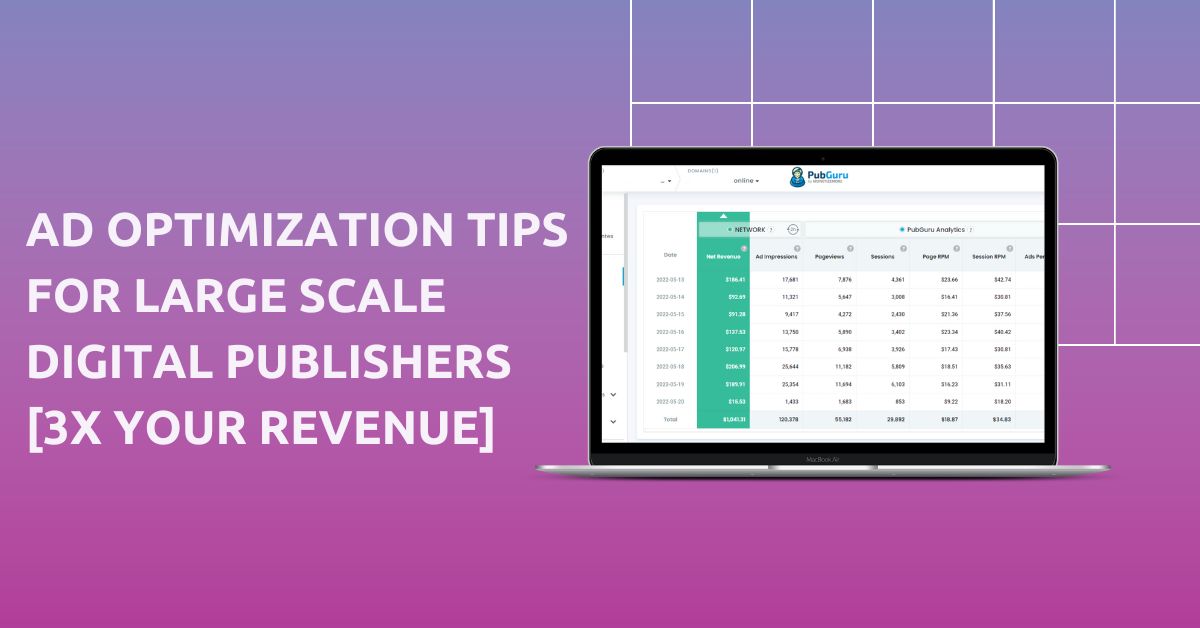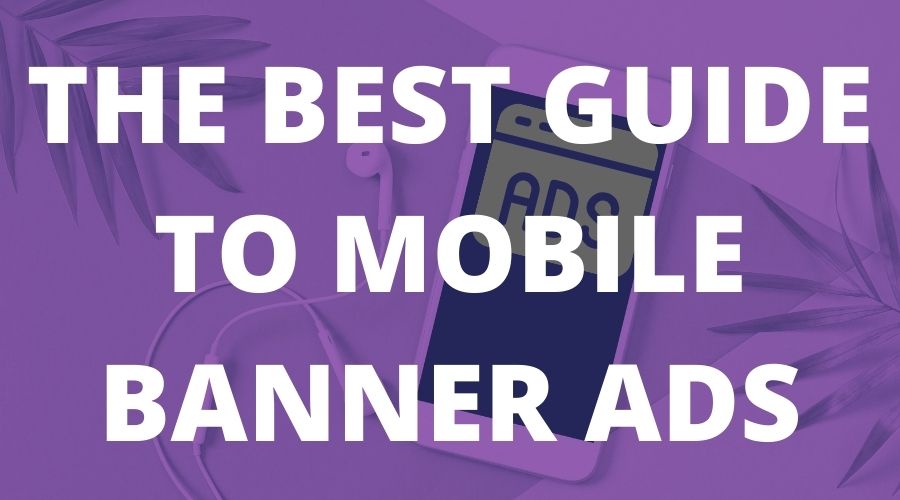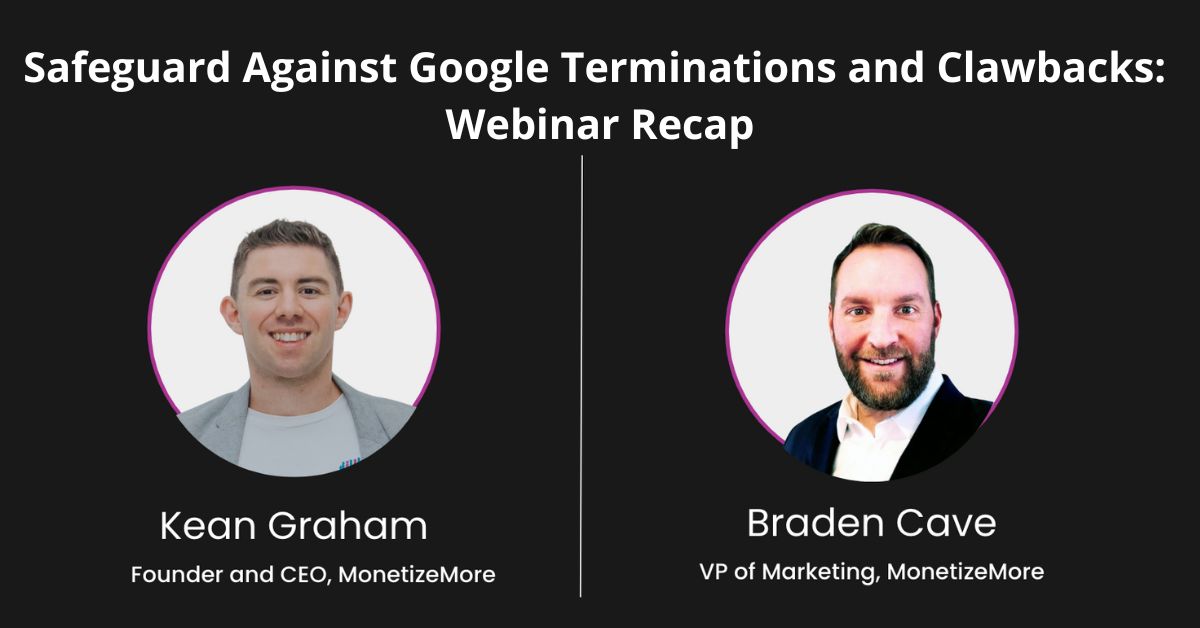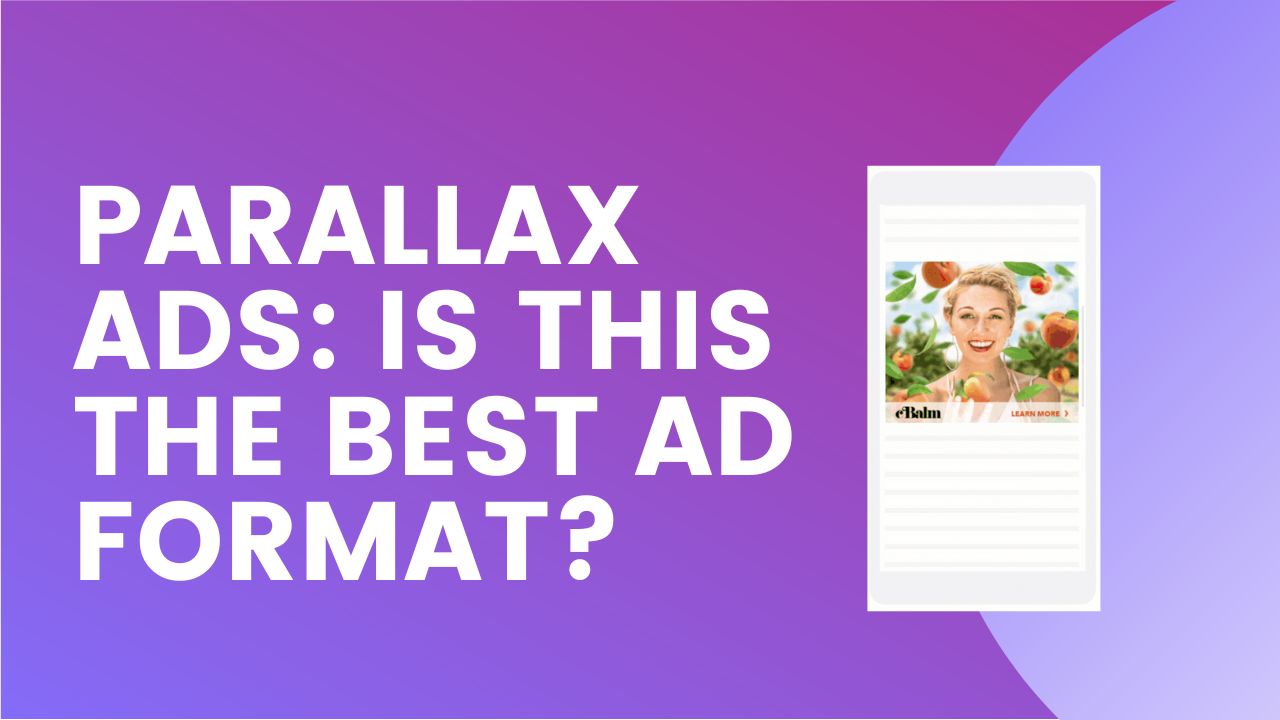Introduction:
As Large-scale digital publishers manage substantial traffic volumes, not only are the stakes higher, but they must also contend with rapidly changing audience behaviors, evolving ad technologies, balancing user experience with monetization, and ensuring compliance with privacy regulations. The intricacies of their operations go beyond just setting up an AdSense account. Here’s a roadmap to navigate advanced ad optimization techniques.
Advanced Platforms Beyond AdSense:
- Google Ad Exchange and Google Ad Manager: While Google Ad Exchange offers access to a premium advertiser pool and potentially better CPMs, Google Ad Manager provides a comprehensive platform to manage, measure, and optimize ads, allowing publishers to effectively monetize their digital content.
- Partnering with AdTech Firms: For high-traffic publishers, partnering with reliable ad management partners like MonetizeMore can be a game-changer. They bring expertise in advanced ad optimization, ensuring publishers maximize revenue from their inventory. They also assist in managing ad stack complexities, help in integrating multiple ad networks, and provide granular reports and analytics saving you time & money.
- Header Bidding: If you’re getting good traffic on your site, header bidding isn’t merely an adtech industry fad. It will elevate your ad revenue by fostering competition among ad networks. Implementing it efficiently is pivotal to avoid pitfalls like page latency, and this is where expertise from AdTech partners can be invaluable.
Best Practices for Ad Optimization [Implement these Now!]
- Stay Updated with Ad Terminologies: As the programmatic advertising industry constantly evolves, understanding the industry jargon becomes paramount. This not only streamlines communication but also bolsters analytics and decision-making.
- Vet Ad Network Partners: As your traffic scales up, more ad networks will be eager to collaborate. Prioritize researching their performance, credibility, and track record before any partnership.
- Negotiate Better Revenue Shares: If you’re just stepping out of AdSense to better pastures, you definitely have the leverage to negotiate more favorable terms. Always aim for the best deal that benefits your platform and audience.
- Monitor Discrepancies and Unfilled Impressions: More traffic implies that even minute discrepancies can lead to substantial revenue losses. Establish a routine to vigilantly check for discrepancies and rectify unfilled impressions.
- Experiment and Analyze: A high traffic volume translates to a wealth of data. Exploit this by periodically experimenting with various ad placements, formats, and networks. Subsequently, dissect the results in metrics like CPM, RPM, and overall performance.
- Page Speed and User Experience: With an increasing number of visitors, delivering a seamless user experience is paramount. Strategize ad placements and loads to minimize impact on page speed and overall user experience.
- Stay Educated: Continuously update your knowledge on the latest trends, tools, and strategies in digital advertising. You can also seek specialized courses and seminars tailored to their scale and needs.
Diversifying Revenue Streams:
By diversifying revenue streams, you can not only skyrocket your earnings but also shield yourself from fluctuations in one particular income source. This multifaceted approach is especially crucial in today’s world where there is an AI tool for almost everything.
1. Programmatic Direct Deals:
Programmatic Direct Deals, sometimes known as Direct Programmatic Buying, refer to the automated buying and selling of guaranteed ad inventory. Unlike traditional programmatic methods which involve real-time bidding, direct deals are pre-arranged agreements between publishers and advertisers.
Benefits:
- Guaranteed Revenue: Unlike RTB (Real-Time Bidding), which operates on auction dynamics and may not always fill your inventory, direct deals ensure a fixed amount of ad inventory is sold at a pre-agreed price.
- Premium Advertisers: Direct deals often involve premium advertisers looking for specific audience segments. This can enhance the user experience due to more relevant and higher-quality ads.
- Stronger Relationships: Building direct relationships with advertisers means a deeper understanding of their needs, leading to long-term partnerships.
- Improved Ad Quality: Direct deals often come with higher standards for ad creatives, reducing the risk of poor-quality or irrelevant ads.
2. Affiliate Marketing:
Affiliate marketing involves promoting products or services of other companies on your platform. For every sale or lead generated through your referral, you earn a commission.
Potential:
- Passive Revenue: Once set up and optimized, affiliate marketing can provide a steady stream of passive income complementing traditional ad revenue.
- Performance-Based: The more efficiently you can drive sales or leads, the more you earn. This can be especially profitable for niche publishers with a highly engaged audience.
- No Ad Clutter: Affiliate promotions can be seamlessly integrated into content without disrupting the user experience, unlike display ads.
3. Sponsored Content:
Sponsored content involves creating articles, videos, or other content types paid for by a brand or advertiser. It’s a form of native advertising where the content aligns with the publisher’s regular output but promotes a brand or product.
Merits and Best Practices:
- Authentic Engagement: When done correctly, sponsored content feels less like an ad and more like genuine content, leading to higher engagement rates.
- Monetary Premium: Brands often pay a premium for well-crafted sponsored content that aligns with a publisher’s audience.
- Transparency is Key: It’s essential to label sponsored content clearly, ensuring your audience knows it’s a paid partnership. This maintains trust and transparency with your readers.
- Quality Over Quantity: The value of sponsored content lies in its quality. It should not only serve the brand’s purpose but also provide genuine value to the audience.
- Relevance: Choose partnerships that resonate with your platform and audience. A mismatch can erode trust and decrease engagement.
Advanced Analytics and Data:
- Real-time Analytics: Importance of understanding real-time user behavior for immediate optimization.
- User Segmentation: Tailoring ad experiences based on user behavior, interests, and demographics.
- Predictive Analytics: Utilizing an AI-powered dashboard to forecast user behavior and optimize ad strategies accordingly.
Optimizing for Mobile and AMP:
As mobile internet usage continues to rise, optimizing for mobile experiences has become paramount for publishers. Here’s a deeper dive into mobile optimization, focusing on responsive ad design and AMP:
1. Responsive Ad Design:
Responsive ad design is crucial because users access content on a variety of devices, from desktop monitors to smartphones.
Key Aspects:
- Flexibility: Responsive ads adjust to various screen resolutions, ensuring that the ad content is always legible and aesthetically pleasing.
- Better User Experience: Ads that fit naturally within the content and screen size lead to a more seamless and less intrusive browsing experience.
- Higher Engagement: Properly displayed ads are more likely to capture attention and generate clicks, leading to better CTRs (Click-Through Rates).
- Cost-Efficient: Instead of designing multiple ad versions for different devices, a responsive ad can adapt, making it a more cost-effective solution.
Best Practices:
- Fluid Grids: Use relative units like percentages instead of fixed units to ensure content scales smoothly.
- Media Queries: Use CSS techniques to apply styles based on device characteristics, like its width or height.
- Flexible Media: Ensure images and other media elements scale within their containing elements.
2. AMP (Accelerated Mobile Pages):
AMP is designed to make web pages load faster on mobile devices, ensuring a smoother and more efficient user experience.
Benefits:
- Reduced Bounce Rate: Faster loading pages mean users are less likely to leave before the content loads.
- Increased Ad Viewability: Faster loading times mean ads are displayed quicker, leading to increased viewability rates and potential ad revenue.
- Enhanced User Experience: Users are more likely to engage with and return to a site that offers a seamless browsing experience.
Monetizing AMP Content:
- AMP Ad Formats: Utilize AMP-specific ad formats that are designed for optimal performance on AMP pages.
- Use AMP Analytics: Just as with regular pages, tracking user behavior on AMP pages can offer insights into how to best position and optimize ads for maximum engagement.
- Engage with AMP-specific Ad Networks: Some ad networks specialize in or have optimized offerings for AMP content. Engaging with these can offer enhanced monetization opportunities.
Video Monetization:
Studies consistently show that users spend more time on pages with video than without. The dynamic and interactive nature of video content captivates audiences, often leading to increased session durations. Here’s how you can optimize video ads for maximum revenue:
1. Ad Placement:
- Pre-Roll Ads: These are videos that play before the main content. Given their positioning, they often have higher viewability but can be seen as intrusive if too long.
- Mid-Roll Ads: Inserted in the middle of the main video, these ads usually have the highest completion rates since viewers are already invested in the content.
- Post-Roll Ads: These play after the main content. While they’re the least intrusive, they also tend to have lower completion rates.
2. Ad Length: The optimal length varies depending on placement. For instance, pre-roll ads should be shorter (15-30 seconds), while mid-roll ads can be slightly longer. However, it’s crucial to capture attention within the first few seconds.
3. Responsive Video Player: Ensure that your video player is responsive and offers an optimal viewing experience across devices, especially on mobile.
4. Content Relevance: Ads should be relevant to the video content they’re paired with. Contextual relevance enhances the chance of engagement.
5. Opt for Programmatic Video Ad Selling: Engage with a Demand-Side Platform (DSP) to access a broader range of advertisers and ensure that your video inventory is filled with high-paying, relevant ads.
6. VAST & VPAID: Implement the Video Ad Serving Template (VAST) and the Video Player-Ad Interface Definition (VPAID) to enhance the video ad serving process and make it more interactive.
Conclusion:
By employing advanced ad optimization techniques and staying abreast of the latest developments, publishers can maximize their revenue potential. For expert guidance, consider partnering with MonetizeMore who’ve scaled over 1000+ publisher’s ad revenue growth with award-winning ad technology. Get started here!
With over ten years at the forefront of programmatic advertising, Aleesha Jacob is a renowned Ad-Tech expert, blending innovative strategies with cutting-edge technology. Her insights have reshaped programmatic advertising, leading to groundbreaking campaigns and 10X ROI increases for publishers and global brands. She believes in setting new standards in dynamic ad targeting and optimization.




